The city of Parme has much more to offer than a ham and a gourmet-class cheese. Come and visit Parma and see for yourself the riches of this city of renowned Italian.
It is world famous for its gastronomic products, but visiting Parme promises much more than a culinary discovery. Over the centuries, it has been a coveted, disputed object by peoples seeking military and territorial wealth. Indeed, this city crossed by a tributary of the Po, the Parma, the centre of History, was first Etruscan before being Roman, then Byzantine and even Lombardy.
A time, it was even in the hands of the Emperor and King of the Charlemagne Francs! Today, the city is independent and its past has left brands still present, indelible. Don’t wait anymore and then discover the multiple facets of Parma!
1. The Palazzo della Pilotta
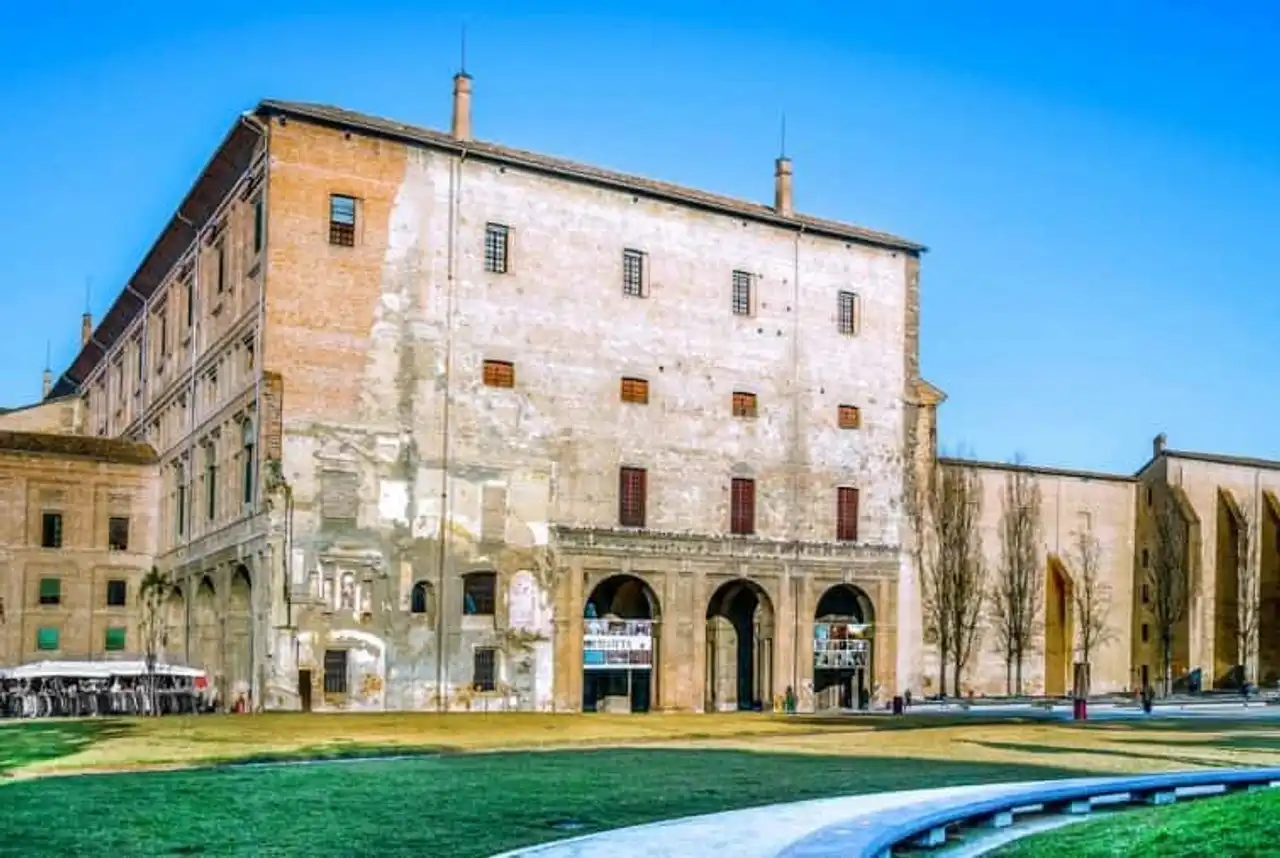
Photo credit: Shutterstock – AlexMastro
Located in Piazza della Pace in the historic centre of Parma, Palazzo della Pilotta is a coherent set of cultural buildings. As such, you will find the National Archaeological Museum and the Museo Bodoniano, the National Gallery or the Palatine Library.
Each of these buildings is worth the detour, like the Palazzo itself. Immense building dating from the 16th century is a place to discover only for the global architecture or the spaces it offers. For example, do not miss Corridore d’Octave (Ottavio Farnesese), a long and impressive corridor built around 1580.
2. National Archaeological Museum
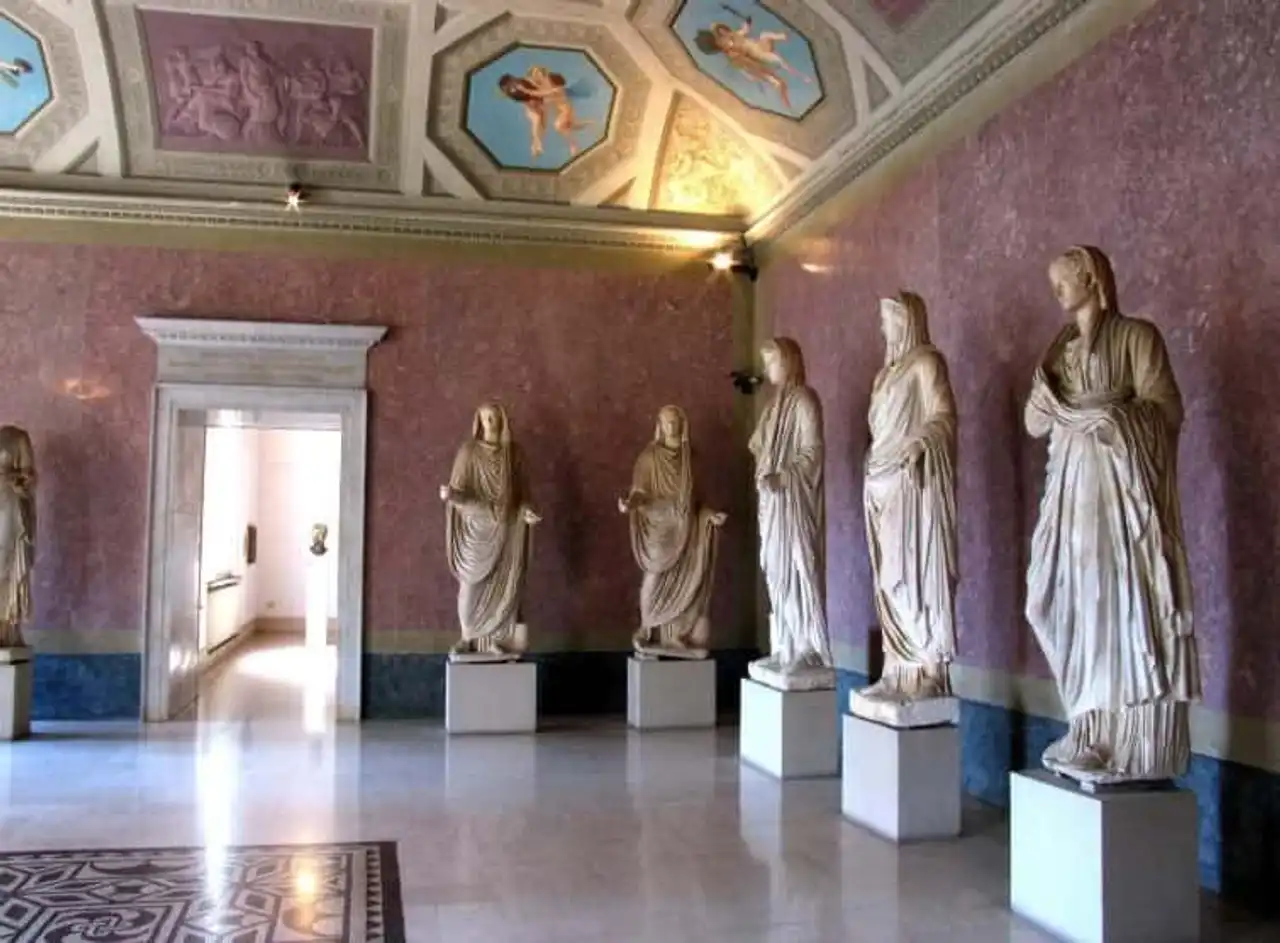
Photo credit: Facebook – Museo Archeologico Nazionale Parma
The long past of the city of Parma has left many remains today visible at the National Archaeological Museum. You can observe the remains of Parma in its pre-Roman and Roman era and even when it was under the imperial aegis.
Discover in particular tabula alimentaria a large bronze plaque dating from the year 103. Don't miss the Egyptian collection of the museum, composed in the 1830s.
3. Museo Bodoniano
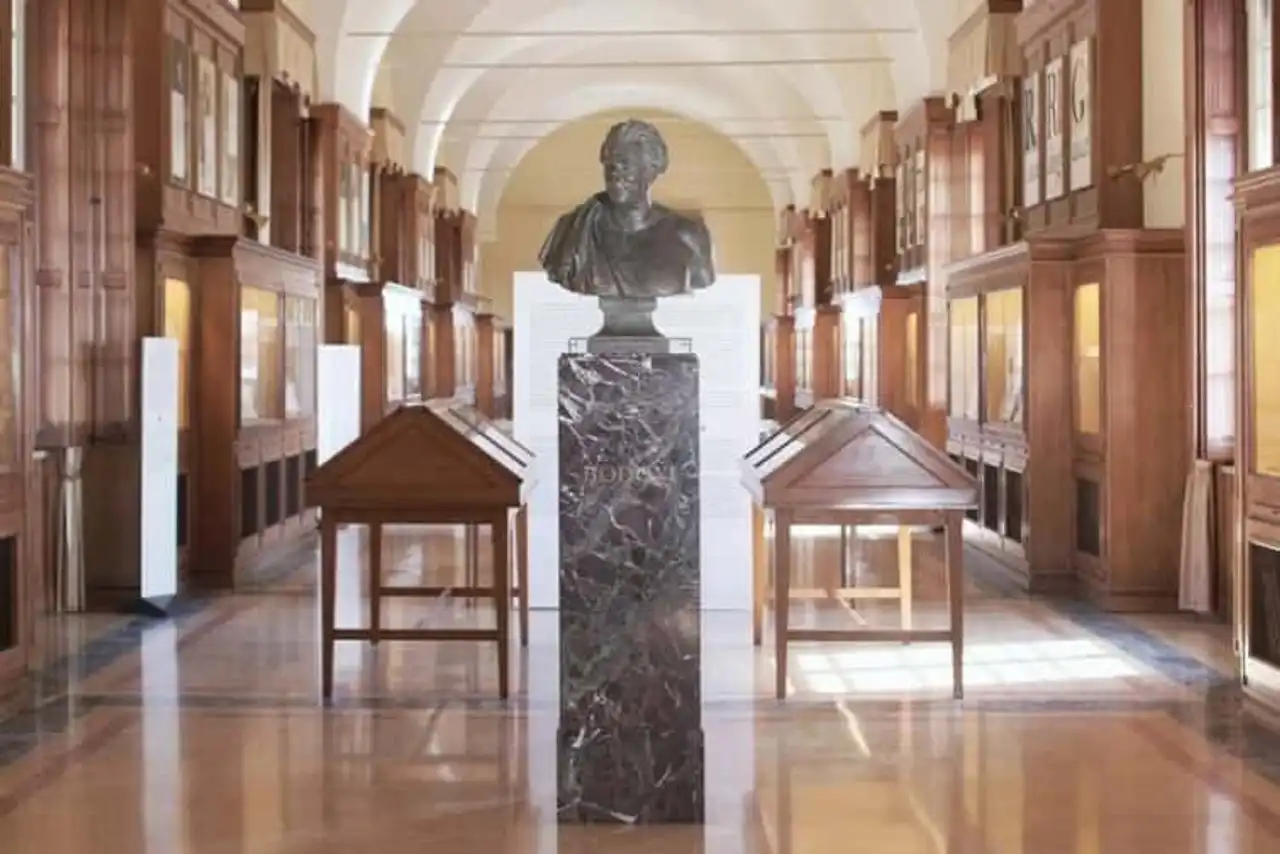
Photo credit: Facebook – Museo Bodoniano – Fondazione
If you are interested in books in the object and non-Literary sense, the Museo Bodoniano should completely please you. Through old shelves filled with old works and many typographical instruments, retrace the work of Giambattista Bodoni. It is he, a typographer of profession, who gave his name to the very elegant typography Bodoni, at the very characteristic thick hampe.
4. The National Gallery
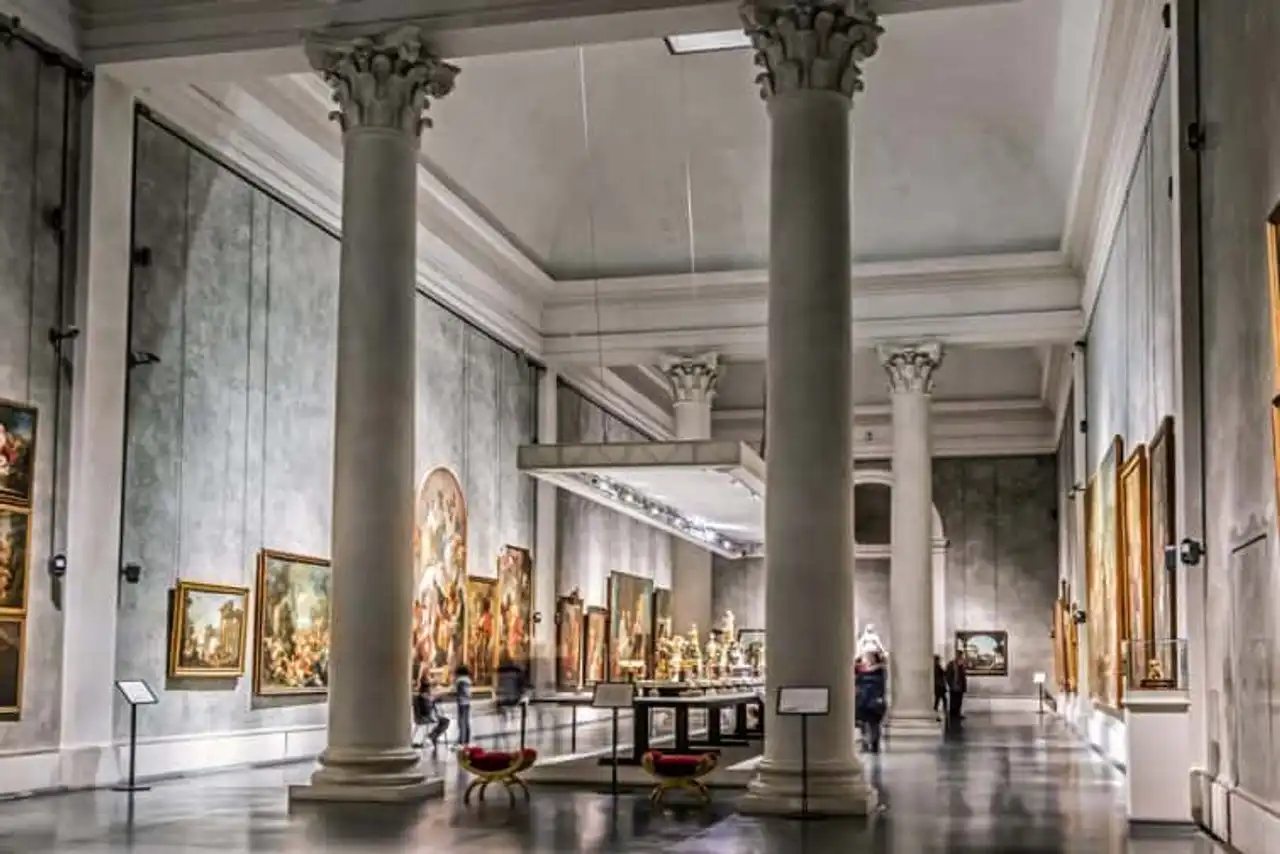
Photo credit: Shutterstock – iryna1
This is the great family parmesane Farnesese which is first at the origin of the National Gallery. Duchy of Parma and son of Elisabeth Farnese, Philippe ordered the creation of the Academy of Fine Arts in Parma, with a view to creating a gallery and a scholarship for young artists.
Then they are gifts that enrich the collection of the National Gallery. You can see works of the Renaissance, baroque or contemporary paintings, and even a drawing by Leonardo da Vinci!
5. The Palatine Library
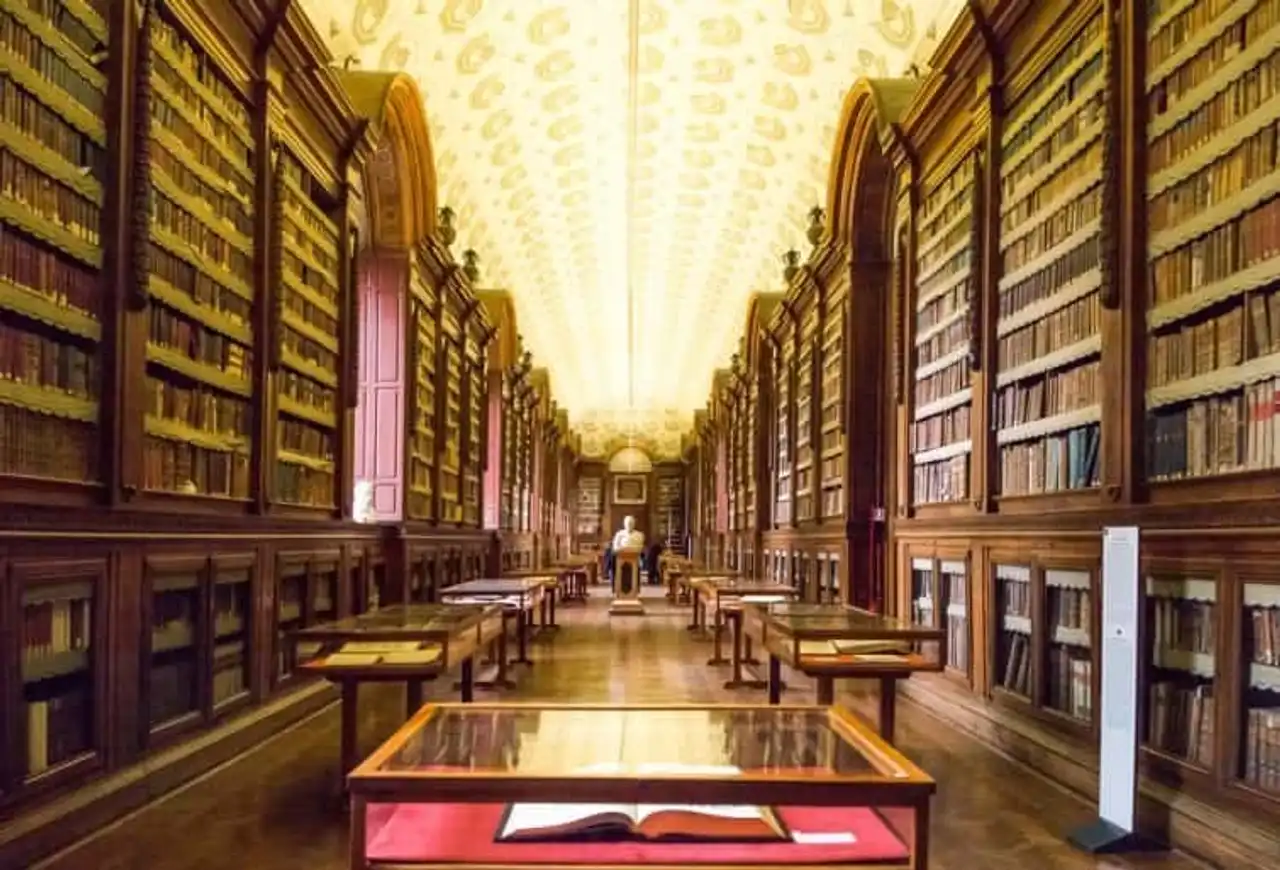
Photo credit: Shutterstock – Gimas
The origins of the Palatine Library date back to the 18th century, in 1761. It was built directly in the Palazzo della Pilotta to keep works at the already precious time. Today, the long aisles of wooded shelves protect more than 420,000 printed books, including some 3,000 incunables (printed before 1501), more than 50,000 manuscripts and 130,000 brochures.
A true cultural and historical treasure!
6. The religious buildings of Parma
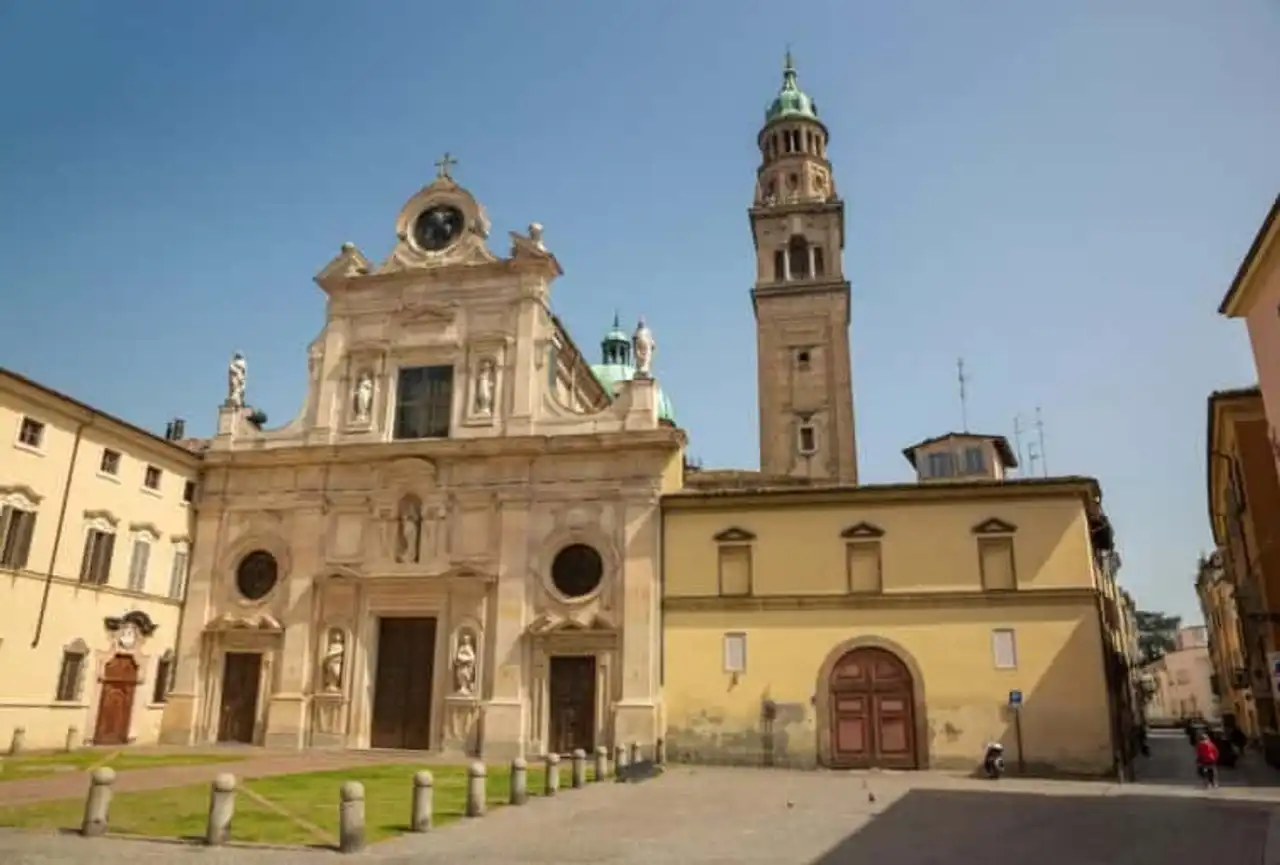
Photo credit: Shutterstock – Renata Sedmakova
Parme has some very interesting religious buildings to discover. Many of them date from the second century, such as baptistery, cathedral or episcopal palace. The many churches, on the other hand, date mainly from the 14th, 16th and 17th centuries. A whole journey to visit Parma, architecture and rich history, which you can discover freely.
Don’t miss the evangelical church San Giovanni, whose cut was painted by the Corrège, or the church of the Annunciation, with such special facades.
7. The Cathedral (Dome) and the Baptistery
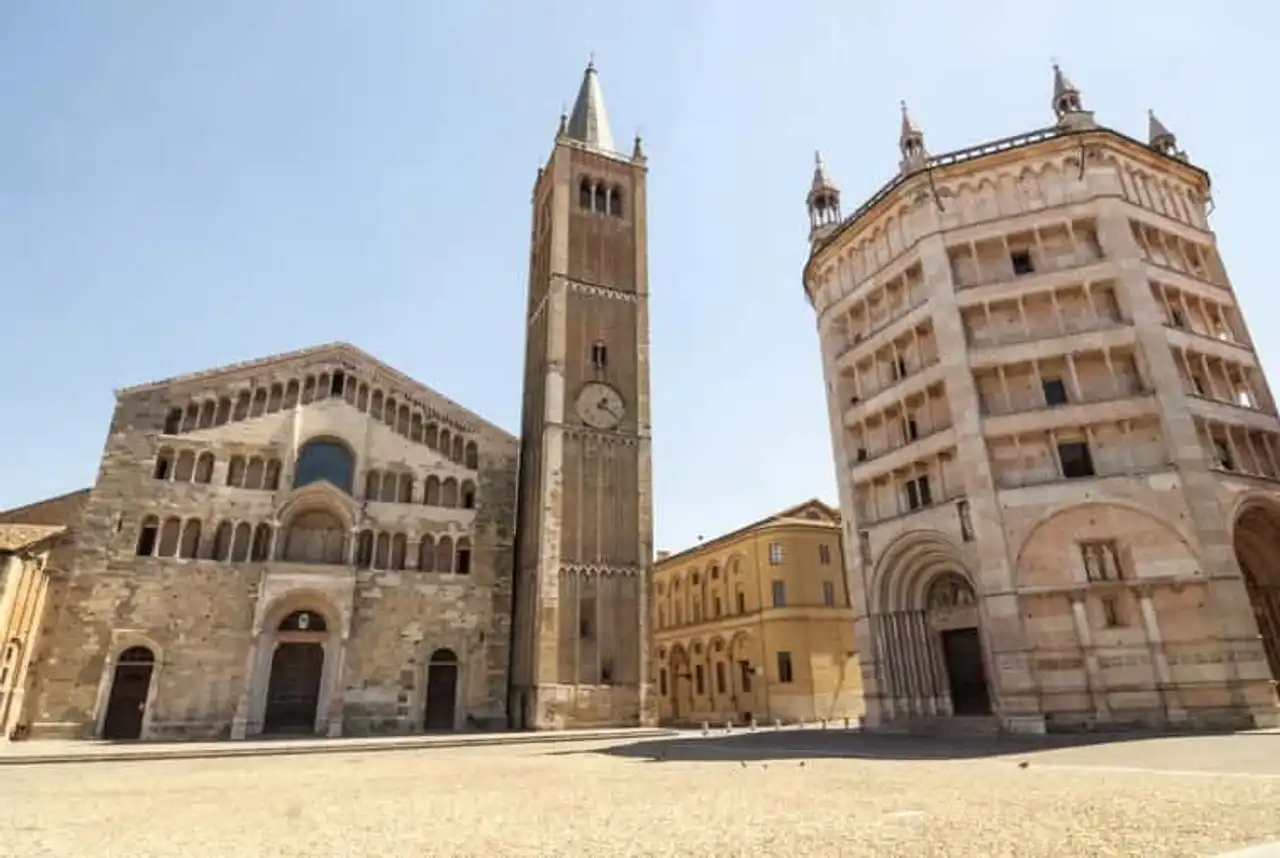
Photo credit: Shutterstock – Claudio Giovanni Colombo
Let’s stay in the thematic area, as well as in the heart of the historic centre, where the cathedral and baptistery of Parma are located. True jewels, they are both on the same square. The baptistery has an octagonal form, forming a strong Christian symbolism.
The cathedral is in the form of a Latin cross, with a high campanile and its Gothic belfry. His interior is majestic, from the nave to the organ, to the fresco of the Corrège, adorning the dome: a work representing the Assumption of the Virgin appears there.
8. Piazza Garibaldi
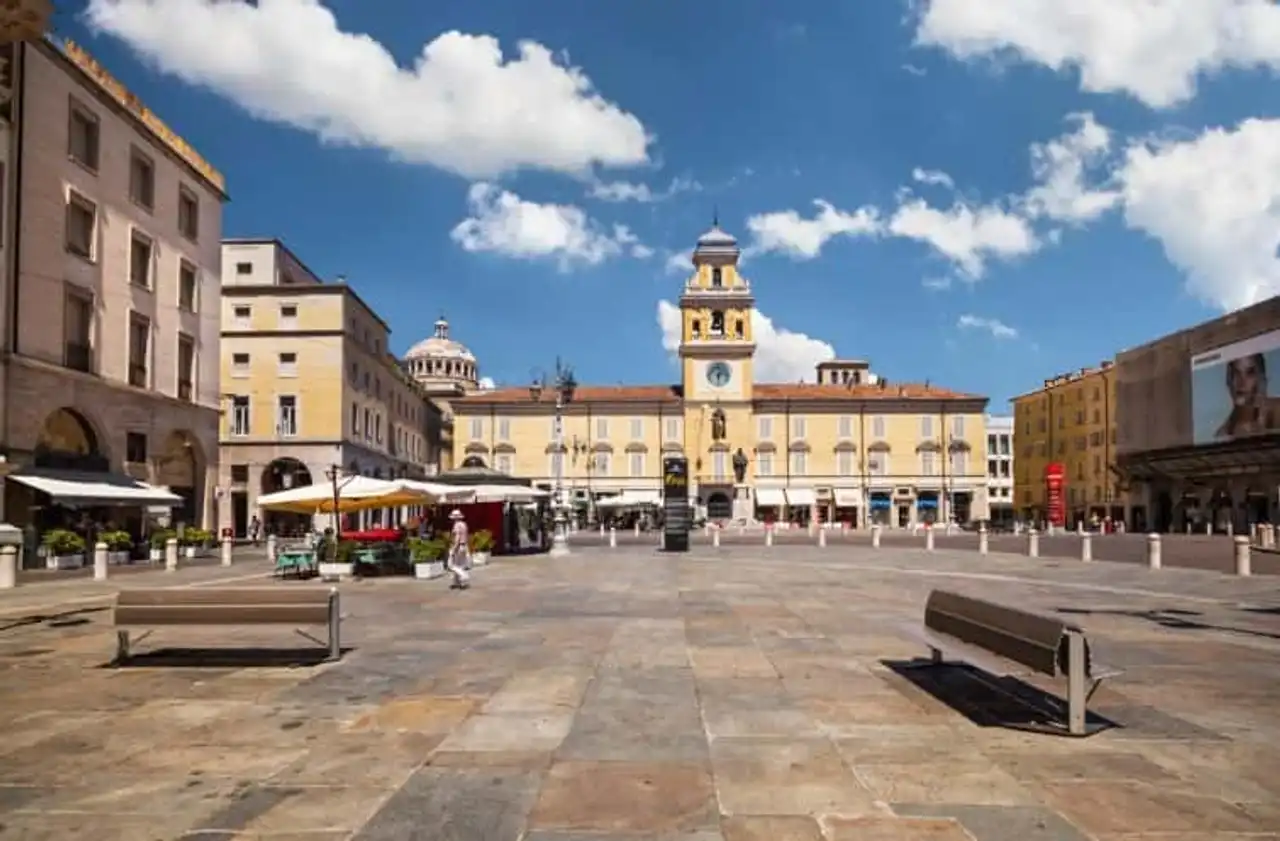
Photo credit: Shutterstock – Olgysha
Located in the centre of the historic centre, Piazza Garibaldi de Parme is lined with buildings at the foot of which shops and troquets bloom. On this square, you can see the monument dedicated to Giuseppe Garibaldi, one of the most recognized Italian patriots in the country.
Also, north of the square, discover the Palazzo del Governatore and its beautiful pale yellow façade. You can only enter it when the palace offers artistic exhibitions or special occasions.
9. Tasteer with regional specialities
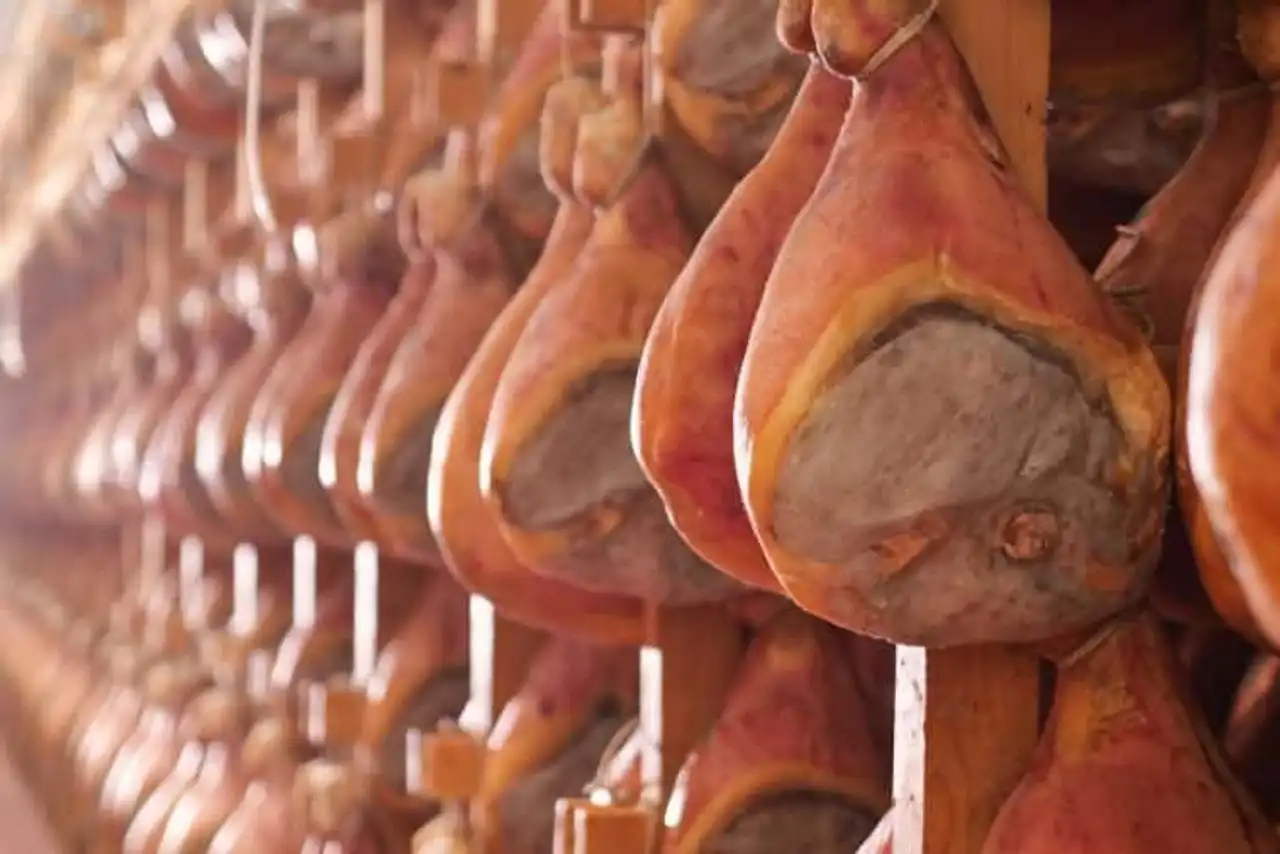
Photo credit: Shutterstock – HQuality
The Prosciutto di Parma DOP and Parmigiano Reggiano DOP (also mistakenly called parmesan) are of course Parma's specialties. But beyond these delights, Parme is, like many other Italian cities, the city of pasta.
Of course, in general, it is Italy who is the queen of gastronomy and good food. So, if it’s exciting to visit Parma through its buildings and cultural successes, it’s important to stop to taste. Prosciutto (jambon) anolini in brodo (exit of bouillon-cooked ravioli) amonggiano reggiano , or baci (fried biscuits)...
From the beginning to the dessert, Parme is a culinary power that will undoubtedly delight you!
10. The Parco Ducale
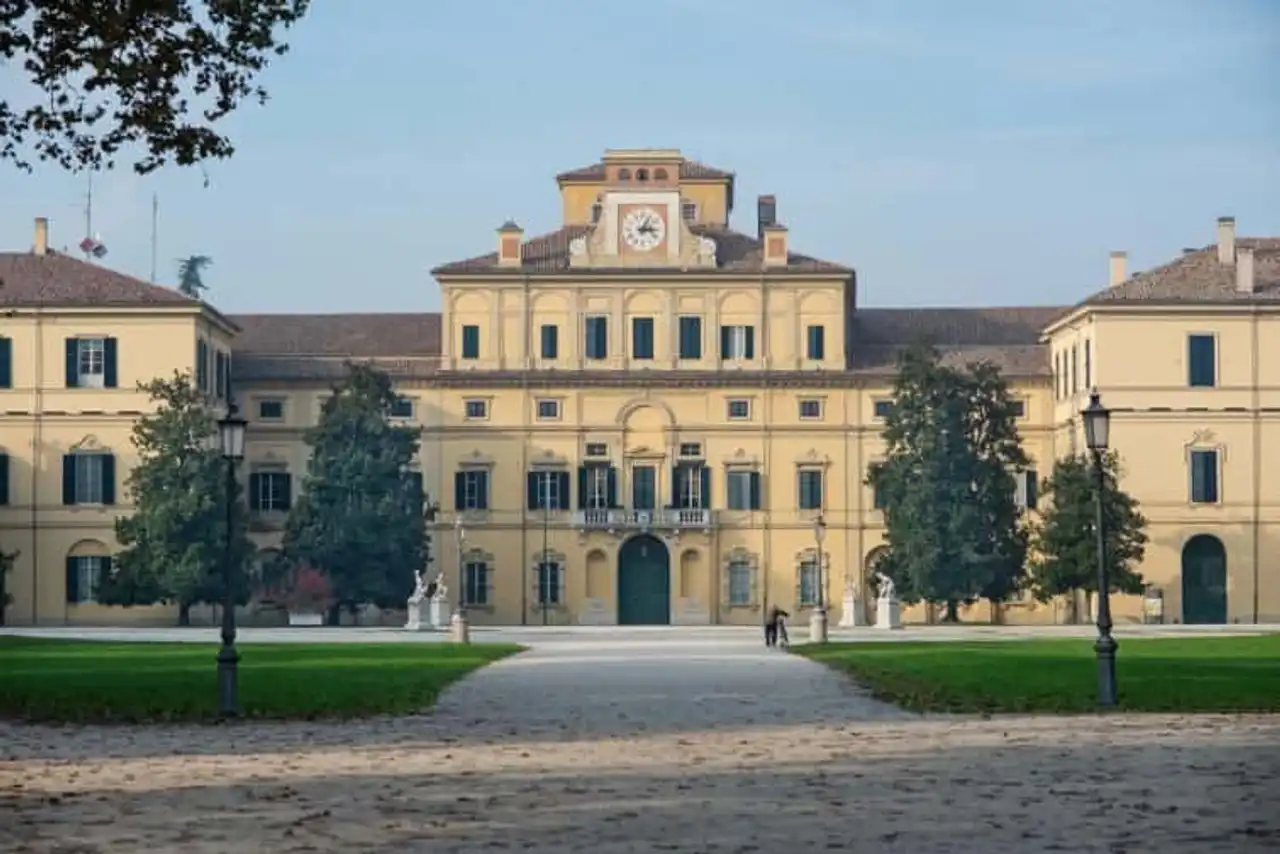
Photo credit: Shutterstock – pio3
The town of Parme is a very green city, with many parks such as the Citadel, intelligently appointed, or the Falcone e Borsellino Park where the Auditorium Niccolò Paganini is hiding. However, we are interested here in Parco Ducale, the parmesane oxygen reserve.
It is equipped with multiple trees, trails for cycling or walking, to visit Parma, in short! But there is also a nice little lake on the edge of which you can mark a break. Do not pass next to the small palace of Eucherio Sanvitale whose exterior is much better than the interior, covered with murals altered by time.
11. The Teatro Regio di Parma
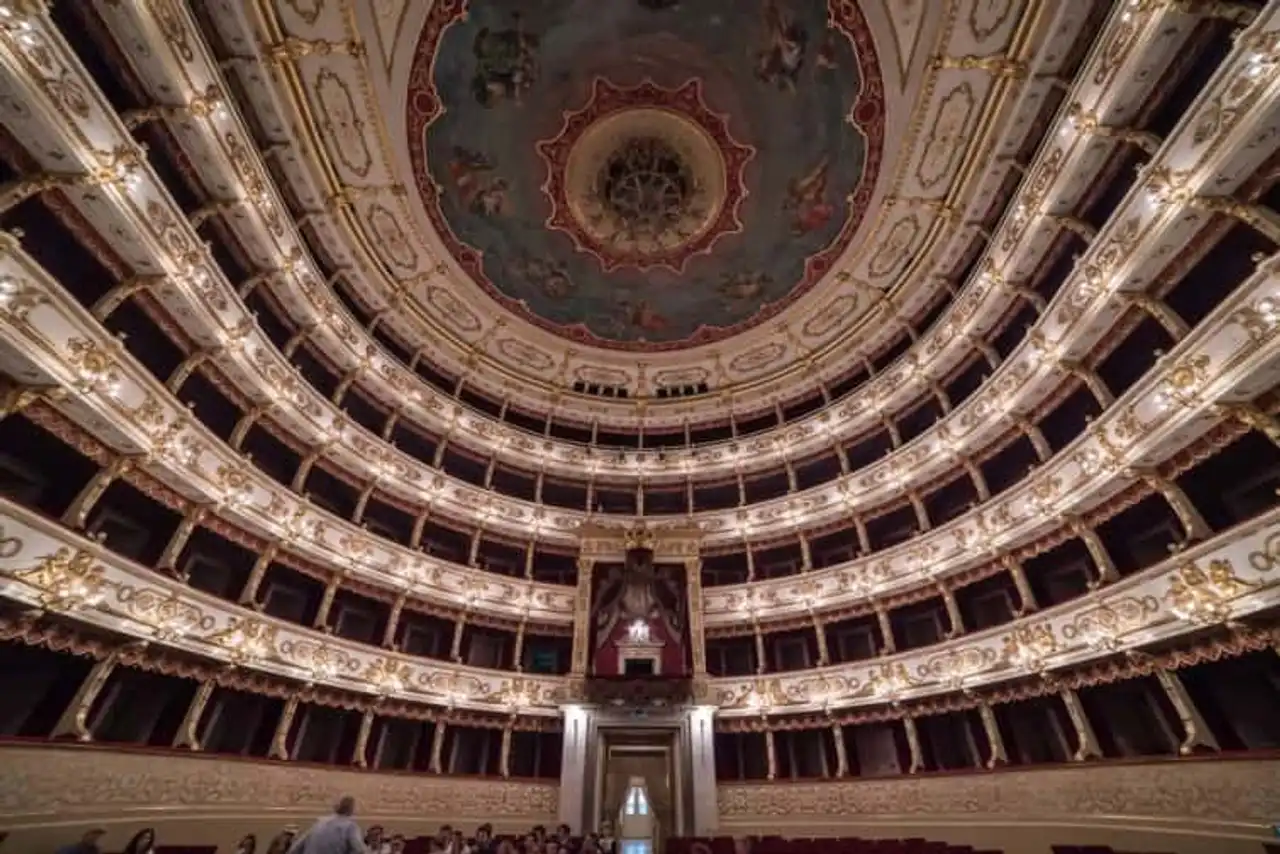
Photo credit: Shutterstock – illpaxphotomatic
There are more than 10 theatres in Parma, but the most majestic of them is the Teatro Regio. This opera theatre, which is located in Piazza della Pace, has preserved all the charm of an opera room as they are imagined. Ordained by Marie-Louise of Austria in the 19th century, it allows 1,200 people to attend the artistic performances it houses.
Inside, gilding, parquet and velvet leave without a voice. Attention, the theatre takes summer holidays, so check out before visiting Parma, whether you will be able to enter or even attend a performance!
La Casa della Musica
Knowing that your visit ticket for the Teatro Regio di Parma gives you access to discounted prices to the Museums of Music of Parma, why not take advantage of it? Come and discover the music from its most classic angles, in an entirely dedicated ancestor!
Good to know: When an opera is scheduled for the evening, some singers perform in an individual piece, free of charge, directly in the Maison de la Musique!
How to get to Parma?
By car
Parma is on the Autostrada del Sole (Autoroute du Soleil), a long highway that runs through Italy between Milan and Naples .
So, to go to Parma by car, it’s very simple that you’ve just come from Nice , Lyon or the east of France . We have to count about 4h50 drive from Nice to reach Parma, crossing Genoa and squeezing La Spezia.
From Lyon, plan 6h20 with why not a stop Turin . On the other hand, if you leave east of France, for example Besançon , 6h55 We're waiting for you. The advantage is that you can enjoy it to score a stop in Switzerland ( Lausanne or Milan.
By plane
Parme has an airport but it is not extremely well served. Unlike Bologna Airport, which is 1h30 away. You can also choose to land at Milan Airport, as the city is only 2 hours’ drive away.
In any event, you will then have to rent a car or take a train to the city of Parma. Rates vary constantly, so to benefit from the best offer of the moment, we advise you to go on a comparison of flights as Skyscanner .
By train
The Italian railway network is quite correct, allowing connections between the major cities of the country and Europe. Also, many regional trains, regular, access Parma. The station is about 10 minutes' walk from the historic centre, making the train very convenient to visit Parma.
The “Freccia Rossa” lines, high-speed trains, will cost you less if you buy your tickets in advance. Otherwise, tickets can be purchased at any time of the day thanks to automatic windows.
Where to stay in Parma?
The town of Parme is pretty well packed in housing. Depending on your preference, hotels, guest rooms and Airbnb are available for rent. We recommend you to stay in Historic Centre or neighborhood west from Parma. These neighborhoods are the most frequented and alive. You will then experience a unique experience like a local!
Don’t miss Parma de nuit, a lively city and let yourself be seduced by its charms in Italian. Since it is a very popular city, plan a good housing budget from the outset. That said, if you take enough in advance, you should be able to find good offers at correct prices. Do not hesitate to check on a Compare hotels . In addition to often offering you interesting offers, you can discover less well-referenced accommodation elsewhere.
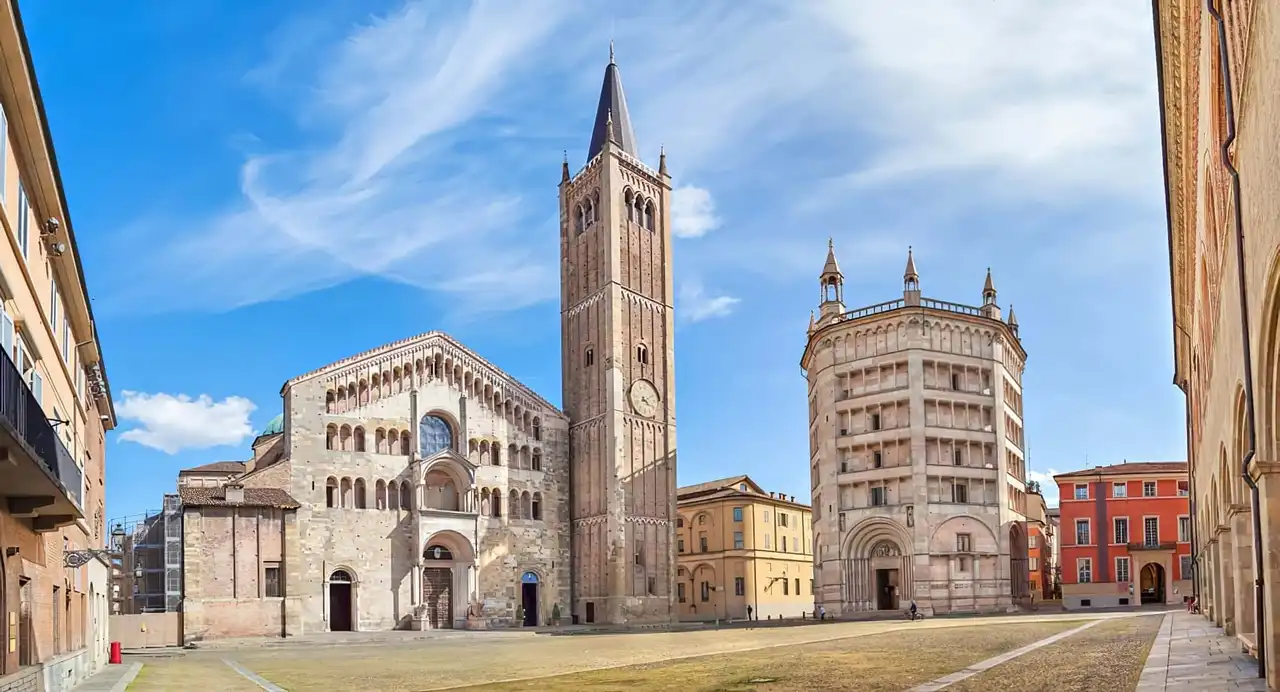




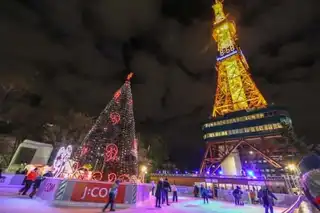

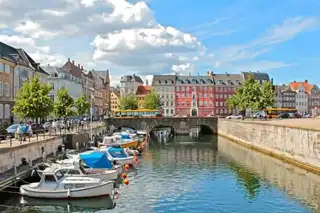
Loading comments ...